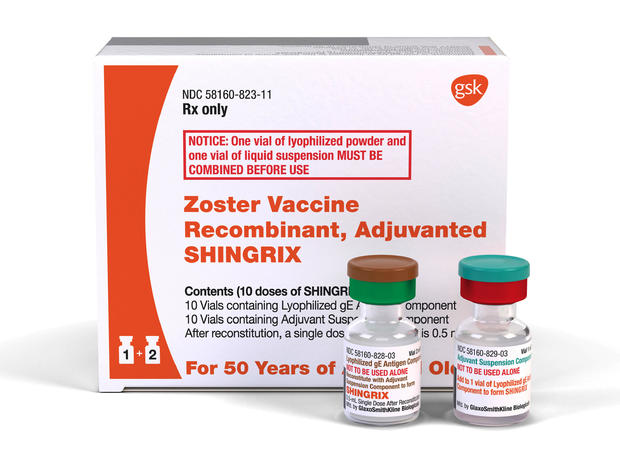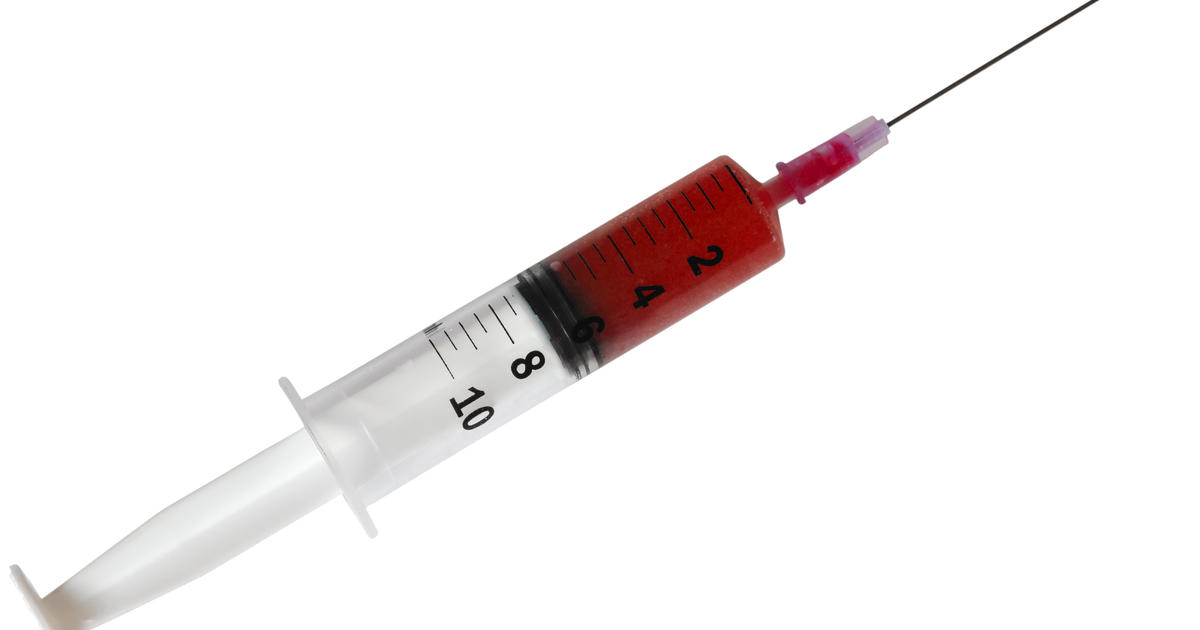What is shingles? A look at the virus after Lin-Manuel Miranda's diagnosis
Hamilton creator Lin-Manuel Miranda says he's been diagnosed with shingles. Miranda tweeted earlier this week that he had one of the worst headaches of his life. But it turns out, that was a symptom of the viral infection.
One in three Americans will get shingles in their lifetime, according to the Centers for Disease Control and Prevention.
Shingles is caused by the varicella zoster virus (VZV), the same virus that leads to chickenpox. Anyone who has recovered from chickenpox may develop shingles at some point later in life, and the risk increases for adults over the age of 50.
CBS News chief medical correspondent Dr. Jon LaPook explains that after the itchy, blister-like rash from chickenpox goes away, the virus doesn't totally leave your body.
"It stays inside in these nerve collections called ganglia. And if you get weakened, if you get immunocompromised, if you're under stress or some other kind of problem, they can come out," he said.
Chickenpox and shingles present somewhat differently, though. The painful rash associated with shingles appears in what's called a dermatome.
"It's a wedge-like distribution," LaPook explained. "It's only on one side of the body. It could be on your chest, on your side, on your face."
Since his diagnosis, Miranda has tweeted that his illness was caught early and he is quarantined from his 8-week-old son, Francisco, to protect the child.
Shingles itself cannot be spread to another person, but the varicella zoster virus is highly contagious and can cause chickenpox in someone who has not been vaccinated. The first dose of the chickenpox vaccine is administered to babies at 12 to 15 months. The second dose is given at 4 to 6 years of age.
LaPook notes that in order to get shingles, you had to have recovered from chickenpox or received the chickenpox vaccine.
"The vaccine is a live attenuated vaccine, which means a weakened form of the virus," he said.
However, getting the chickenpox vaccine does not mean you're at an increased risk of shingles.
"The vaccine actually decreases your risk of getting full-blown chickenpox and decreases your risk of getting shingles, but you can still get shingles after having gotten the vaccine."
The U.S. Food and Drug Administration approved a new shingles vaccine called Shingrix in 2017. The CDC recommends that healthy adults 50 and older get two doses of Shingrix, two to six months apart.
LaPook said the vaccine is not without side effects and some of his patients have complained of pain at the site of injection and flu-like symptoms.
For many people who get shingles, the rash will clear up in 2 to 4 weeks. But in some cases it can lead to a lingering, painful condition called postherpetic neuralgia (PHN).
"In plain, simple words, that means you get the shingles, the rash may go away, but then you have this pain that can persist for weeks, months, even years," LaPook said. "So the bottom line is the reason why the CDC is recommending getting this new vaccine is to try to prevent not just shingles but postherpetic neuralgia."





